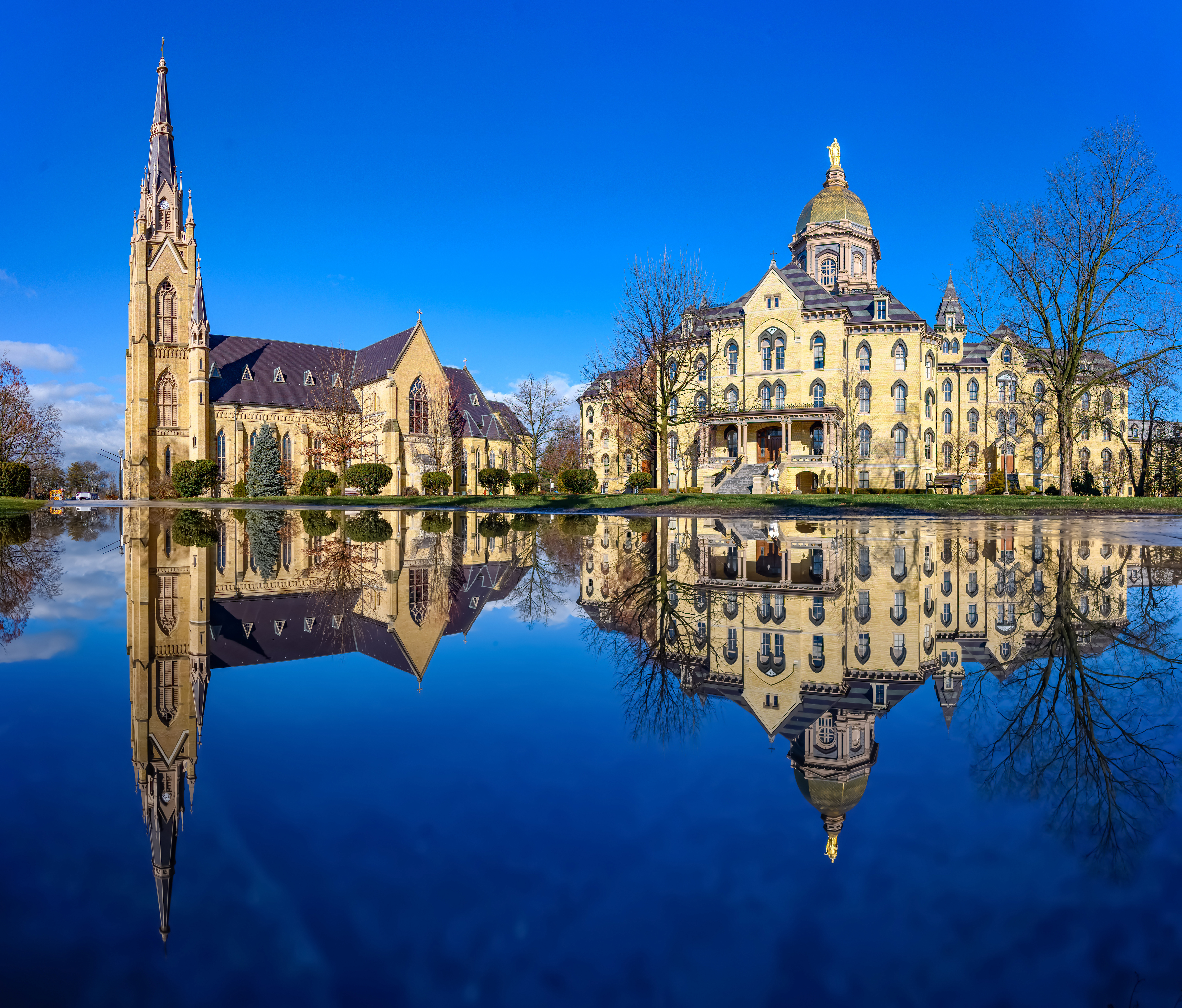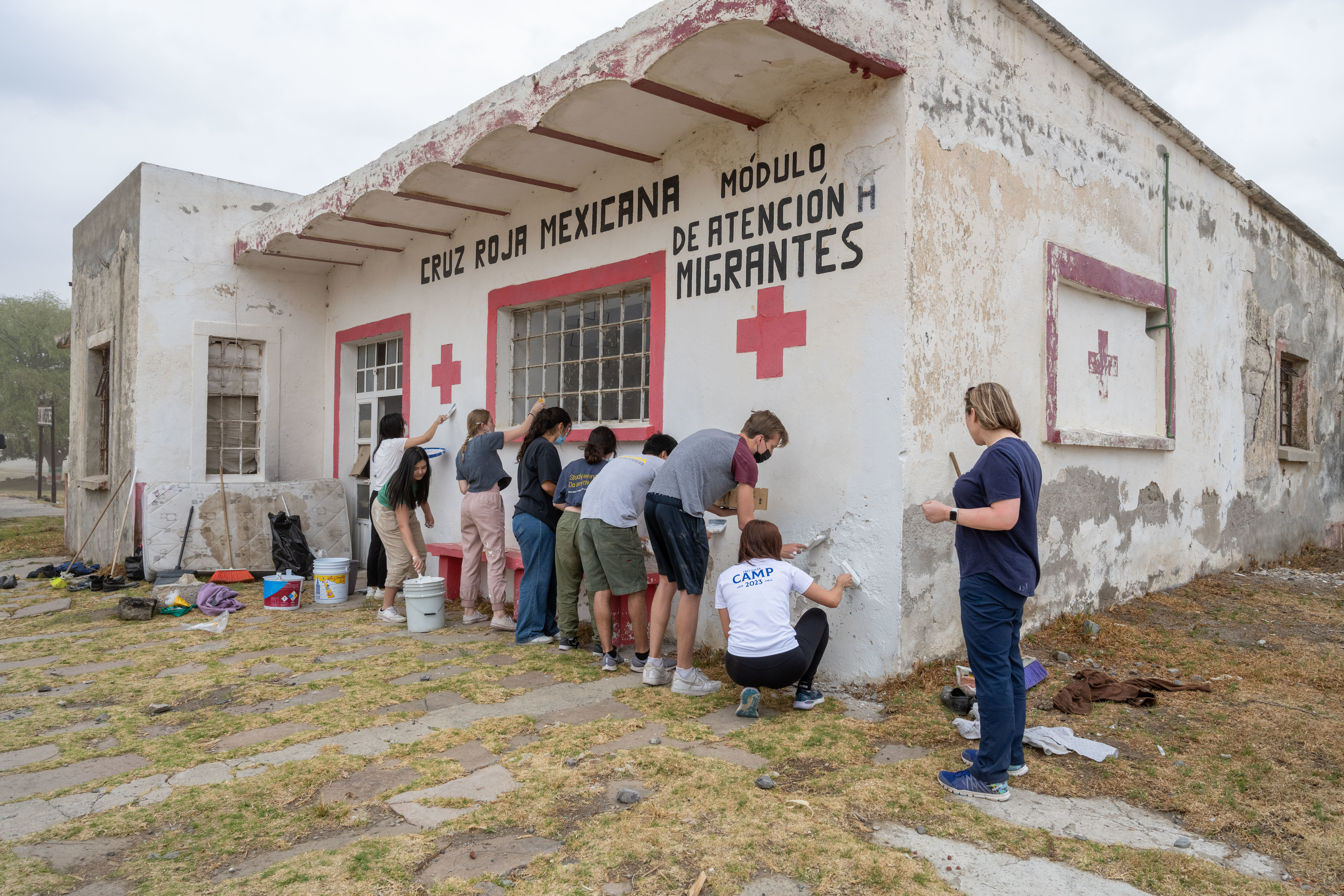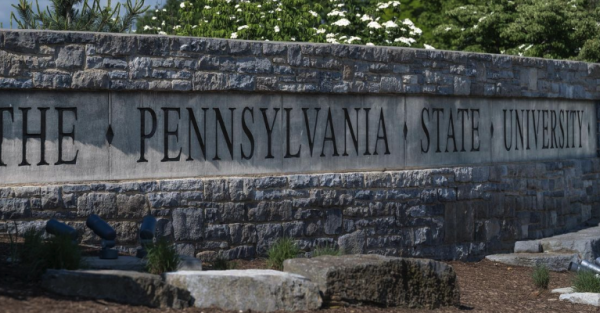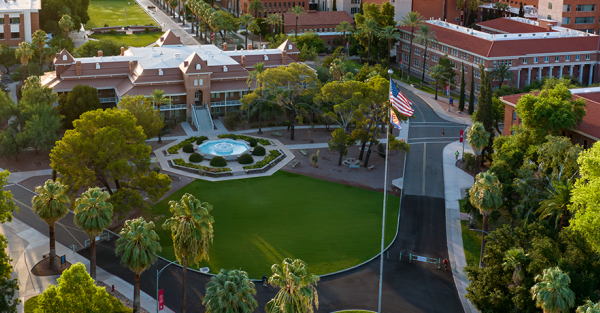University of Notre Dame
The University of Notre Dame, a Catholic research university serving more than 13,000 undergraduate and graduate students in South Bend, Indiana, implements a mission-led and purposeful approach to global engagement. With 87.5 percent of undergraduates studying abroad—among the highest participation rates in the nation—and a global network spanning 12 academic centers in 10 countries, the university has transformed how it prepares students for an interconnected world.
When Rev. Robert A. Dowd was inaugurated as the University of Notre Dame’s (Notre Dame) eighteenth president in September 2024, he used the moment to make a bold declaration about the institution’s global future. Standing before the university community, Dowd announced that Notre Dame would extend need-blind admissions to all undergraduate applicants—including international students—while meeting their full demonstrated financial need. The decision made Notre Dame one of just a few institutions worldwide to offer such support.
“It ensures that a student’s potential—not their passport or financial means—determines their ability to attend Notre Dame,” Dowd says. “That’s deeply aligned with our Catholic values and our belief in treating all people with respect and dignity.”
The announcement represented more than a policy change—it was a statement of intent for a university whose approach is anchored in its Catholic identity. This identity reflects the global, multicultural, and multilingual nature of Catholicism, Dowd says. Global engagement is essential to preparing students to “serve the common good and address the world’s most pressing problems at the local, national, and global levels,” he says.
A Centralized Vision for Global Education
Notre Dame’s move toward comprehensive campus internationalization began in 2010 with the creation of Notre Dame Global (NDG), which became a centralized home for the existing international student and scholar affairs (ISSA) and study abroad offices while also developing new initiatives to support faculty in their global research.
Michael E. Pippenger, vice president and associate provost for internationalization, leads NDG with a philosophy rooted in the university’s mission to educate the whole person. “We think of our work as being transgenerational,” he shares. “What are we doing today that will make Notre Dame more global 50 years from now?”
Pippenger emphasizes that Notre Dame’s approach is guided by long-term vision rather than short-term goals. NDG coordinates planning across the institution, including the university’s eight colleges and schools, board of trustees, senior leadership, Notre Dame Research, student affairs, mission engagement and church affairs, and athletics. Their long-term vision is also driven by Notre Dame’s University Committee on Internationalization, which features faculty from each college who are elected by their peers.
A Global Network
Central to Notre Dame’s success is its network of 12 global academic centers spanning 10 countries, which function as multi-purpose platforms rather than traditional branch campuses. These sites simultaneously serve as study abroad destinations, faculty research hubs, alumni gathering spaces, and admissions recruitment centers. Notre Dame’s academic centers are located in Dublin and Kylemore in Ireland, multiple sites in Mexico, London, Rome, Nairobi, Beijing, Hong Kong, Mumbai, Jerusalem, Santiago, and São Paulo.
“We think of them as academic embassies, where we build partnerships with international collaborators and where exciting scholarly work happens for our faculty and students alike,” Pippenger explains.
This infrastructure enables Notre Dame’s remarkable undergraduate study abroad participation rate of over 87 percent. Senior Director of Global Education Hong Zhu oversees undergraduate study abroad programs and has witnessed the growth firsthand during her 19 years at the university. At this time, roughly 1,000 students study abroad each semester, with an additional 700 participating in summer programs.
“It is a privilege for us to work at Notre Dame in this field, because we don’t really need to persuade students to study abroad,” Zhu said. “It is a culture here. When students come here, they know they will study abroad.”
The university’s unique funding model removes traditional barriers to participation in education abroad. Students pay the same tuition, room, and board fees whether studying on campus or abroad, with financial aid transferring seamlessly to international programs. Notre Dame also provides travel stipends and handles housing arrangements.
This approach has led to significant increases in participation among underrepresented groups. The percentage of first-generation and low-income students participating in summer programs increased from 6.59 percent to 15 percent between 2019 and 2025.
For Cheyenne Stewart, a junior studying neuroscience and behavior, the support system makes all the difference. Stewart has participated in programs in Dublin, London, and Rome. “It’s nice to know that the financial aid we receive for our on-campus semesters is the exact same for our studies abroad,” she says.
Faculty-Driven Global Research and Engagement
Notre Dame’s internationalization efforts extend well beyond student experiences to encompass faculty research and engagement. The university provides multiple incentives for faculty to incorporate global perspectives into their work, including opportunities to teach at global sites, access to international research funding, and support for hosting conferences and symposia abroad.
Kate Marshall, associate dean for research and strategic initiatives in the College of Arts & Letters, has experienced this support throughout her 16 years at Notre Dame. Early in her career, she participated in an international faculty exchange with a colleague in Switzerland. This experience formed a relationship that continued for many years and benefited her graduate students as well.
“Internationalization at Notre Dame is mission-driven,” Marshall says. “It stems from the Catholic mission of the university. But internationalization at Notre Dame is also very tied to a growing and exciting research ambition.”
Marshall later taught at Notre Dame’s academic center in London, where she conducted research at the British Library and offered specialized courses for undergraduates. Her time there allowed her to visit universities throughout the United Kingdom and establish professional relationships that continue to benefit her work.
Notre Dame supports faculty research across multiple regions through grant programs focused on Latin America, Europe, the Middle East, sub-Saharan Africa, and Asia. Additionally, external funding supports Notre Dame’s researchers in completing work internationally. As of 2025, the university’s research footprint included 209 active awards in 73 countries totaling more than $373 million.
Standing in Solidarity During Crisis
Notre Dame’s approach to international partnerships goes beyond traditional academic collaboration to include responses during times of crisis. The university’s relationship with Ukrainian Catholic University, which spans more than 20 years, exemplifies this commitment.
Global education is meant to have an impact with people all around the world. —Vice President and Associate Provost Michael E. Pippenger
After Russia’s full-scale invasion of Ukraine in February 2022, Notre Dame mobilized support for its longtime partner, working with their colleagues in Lviv to identify their institutional needs. After a period of discussion, Notre Dame launched its Standing in Solidarity with Ukraine initiative. The university welcomed 20 Ukrainian students to its campus in South Bend and created new faculty research grant programs focused on funding projects that deal with the war, as well as with how to promote and advance resilience once the war is over. Notre Dame also supported staff development and best practice sharing between the two institutions’ administrative leaders.
“We always think about how we’re working toward the common good. So, this is one initiative where we feel like we’ve embraced that, and we’re stronger for it because we’ve learned much more than we’ve given,” Pippenger said.
The Ukrainian partnership demonstrates what Pippenger describes as Notre Dame’s understanding that “global education is meant to have an impact with people all around the world,” and to create opportunities for institutions to support each other during challenging times.
Looking Toward a More Global Future
The need-blind admissions announcement has already generated significant interest, with Notre Dame seeing a 70 percent year-over-year increase in international student applications for fall 2025. Currently, international students comprise 8 percent of the undergraduate population, but the university aims to reach 12 percent by 2033, as referenced in its strategic framework.
To prepare for this growth, Notre Dame has initiated comprehensive planning efforts, including an administrative review of its ISSA unit. The review included a 50-page self-assessment and evaluation by external experts from peer institutions to identify necessary improvements in staffing, programming, and infrastructure to support this growth.
“We want to keep the lines of communication open constantly, and to remind people that everyone has a role to play in supporting our students,” Pippenger shares, emphasizing the university-wide commitment required for successful internationalization.
The university is also finalizing a comprehensive global strategy that will outline common goals and metrics for Notre Dame’s continued evolution as a global institution. The strategy, developed with input from faculty, staff, and students, will serve as a road map for the university’s international engagement over the next decade.
As Notre Dame continues to expand its global reach while staying true to its foundational mission, Dowd sees the university’s internationalization efforts as part of a larger calling: “The goal is not only to be in the world, but to be of service to it. That is the work that lies ahead for Notre Dame,” he says.
Lessons Learned
Eliminate Financial Barriers to Study Abroad Through Integrated Funding Models.
Notre Dame students pay the same tuition, room, and board costs whether studying on campus or abroad, with financial aid transferring seamlessly to international programs. The university also provides travel stipends and covers housing arrangements. These efforts remove the additional cost barrier and increase access to study abroad for all students.
Create Distributed Faculty Governance for Internationalization Across All Academic Units.
Notre Dame’s University Committee on Internationalization includes faculty elected by their peers from each college, while eight regional faculty advisory committees engage over 100 faculty members with location-specific expertise. These committees provide policy recommendations, advise on global strategy, and work to promote research and teaching at specific global locations. This structure prevents internationalization from being siloed in one office and creates campus-wide ownership of global initiatives.







